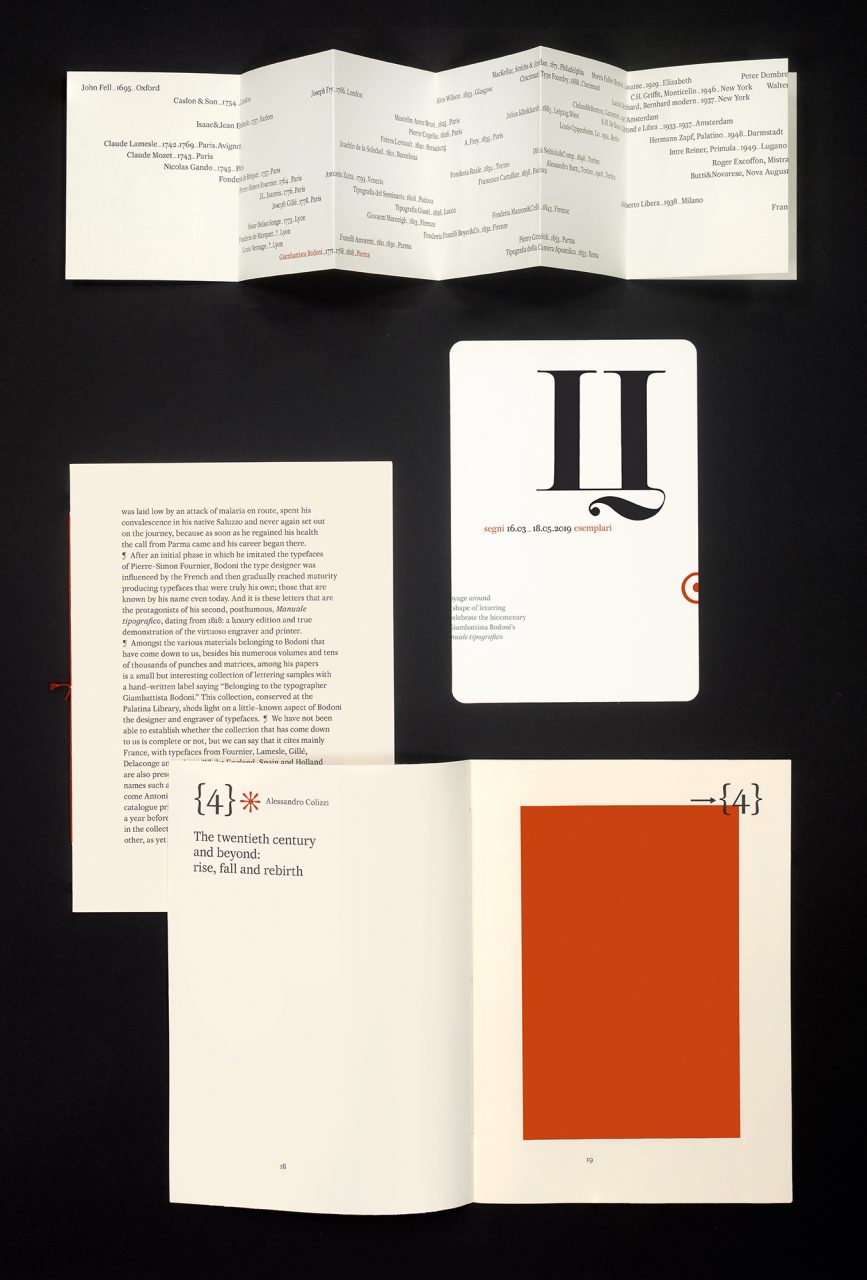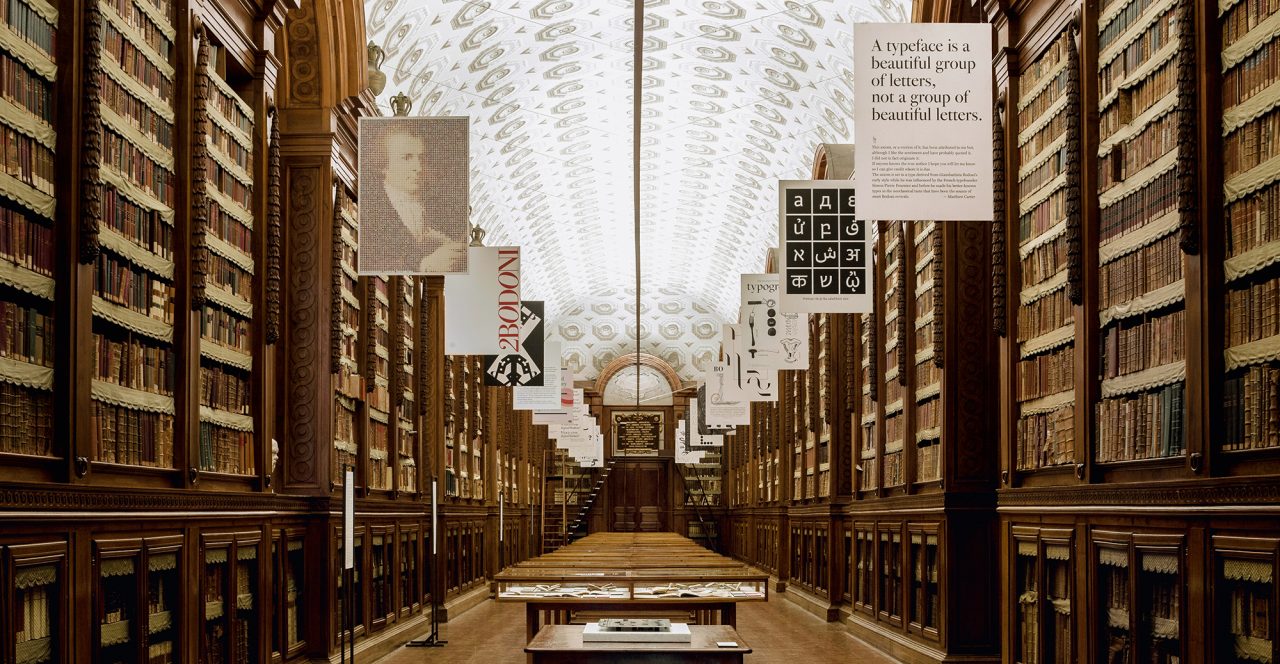It is precisely because of this philosophy that choosing typefaces is fundamental to every project Amato undertakes, and this becomes an integral part of many of her cover designs, as exemplified by Laterza’s series ‘Storie di questo mondo’ (‘Tales of this world’). There is a search for balance in the design, in which the interrelation between its dynamic elements wins out over the rigidity of a design grid. So how does one choose type? ‘It’s a cultural thing,’ Amato maintains. ‘Exactly the same as selecting images. My decisions are linked to taste built on knowledge. I know the origin of characters, what they refer to – their previous contexts, their history, how they print, and so on. Creativity doesn’t exist in isolation – you need expertise. It’s a matter of skill; practical understanding linked to a cultured, considered approach to what one does.’
Amato’s projects remind us that a book is just as much a concept as a physical object, and so paper is an essential factor in enabling designs to develop as whole, organic objects. ‘When you design a book, you need to take into account the structure of the paper’s fibre. The fibres of commercially produced paper align in a single direction, and the book will open more easily if its pages are designed to follow that direction. If I take this into account, the book is highly unlikely to come adrift from its spine. This brings us back to our starting point: binding books myself enabled me to understand that without these fundamental principles, the results would not be nearly so good.’
Is there a perfect paper? ‘No, there’s no such thing,’ says Amato, ‘Or rather there is a multitude of perfect papers! Let’s say that I prefer papers that fold well, I like them to be quite fine, possibly with a little texture, with a little warmth to them.’
The worlds of music and theatre are a constant in the work of Silvana Amato. Over the past twenty years she has worked on projects such as the covers for the CDs of the Concerti del Quirinale, produced by Rai Radio 3, and has also been responsible for art directing communications for the Teatro Argentina, the Teatro India and for the Nuova Consonanza festival, in addition to having designed the visual identity of the Museo degli Strumenti Musicali (Museum of Musical Instruments) at the Accademia Nazionale di Santa Cecilia.








